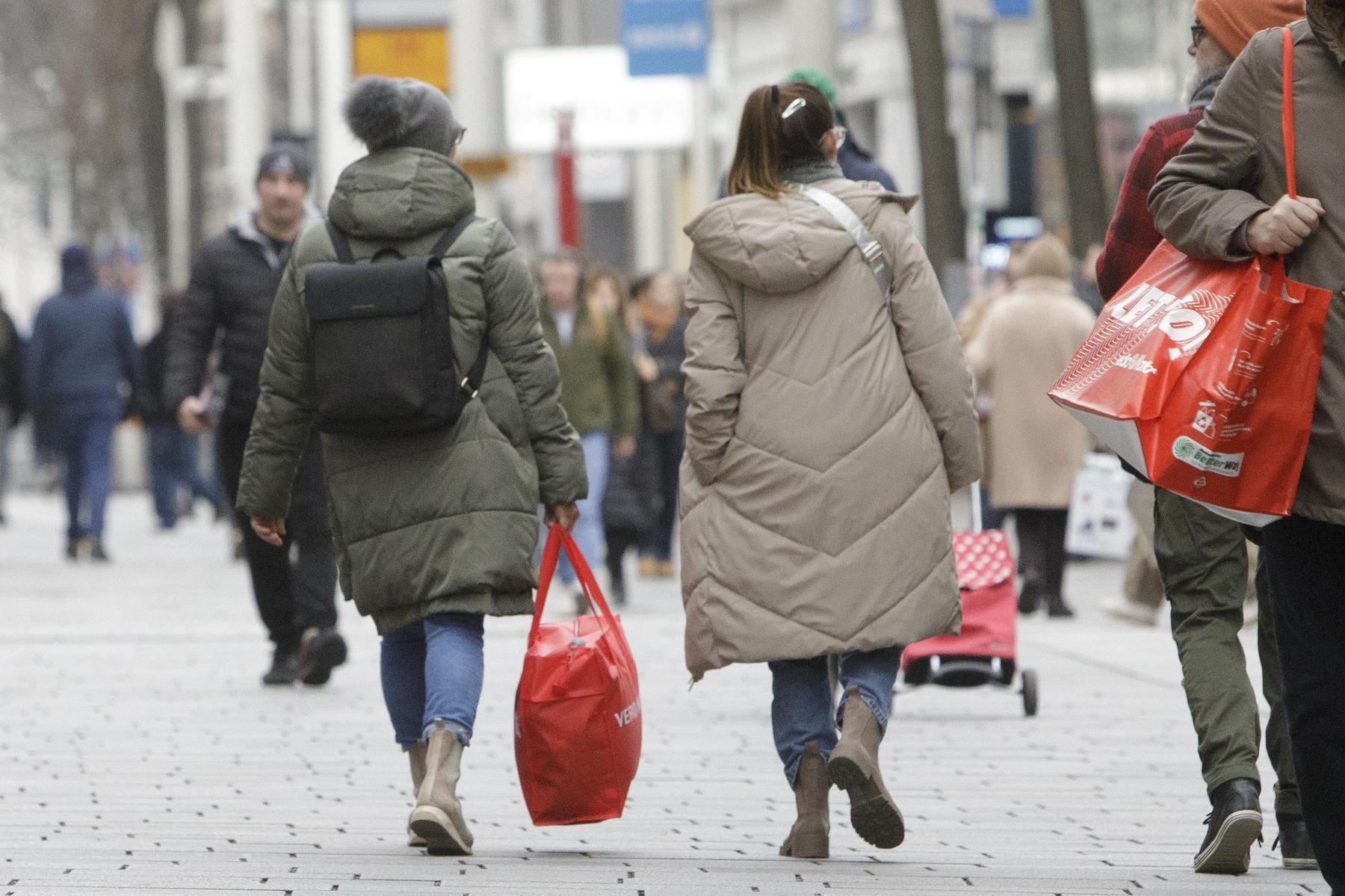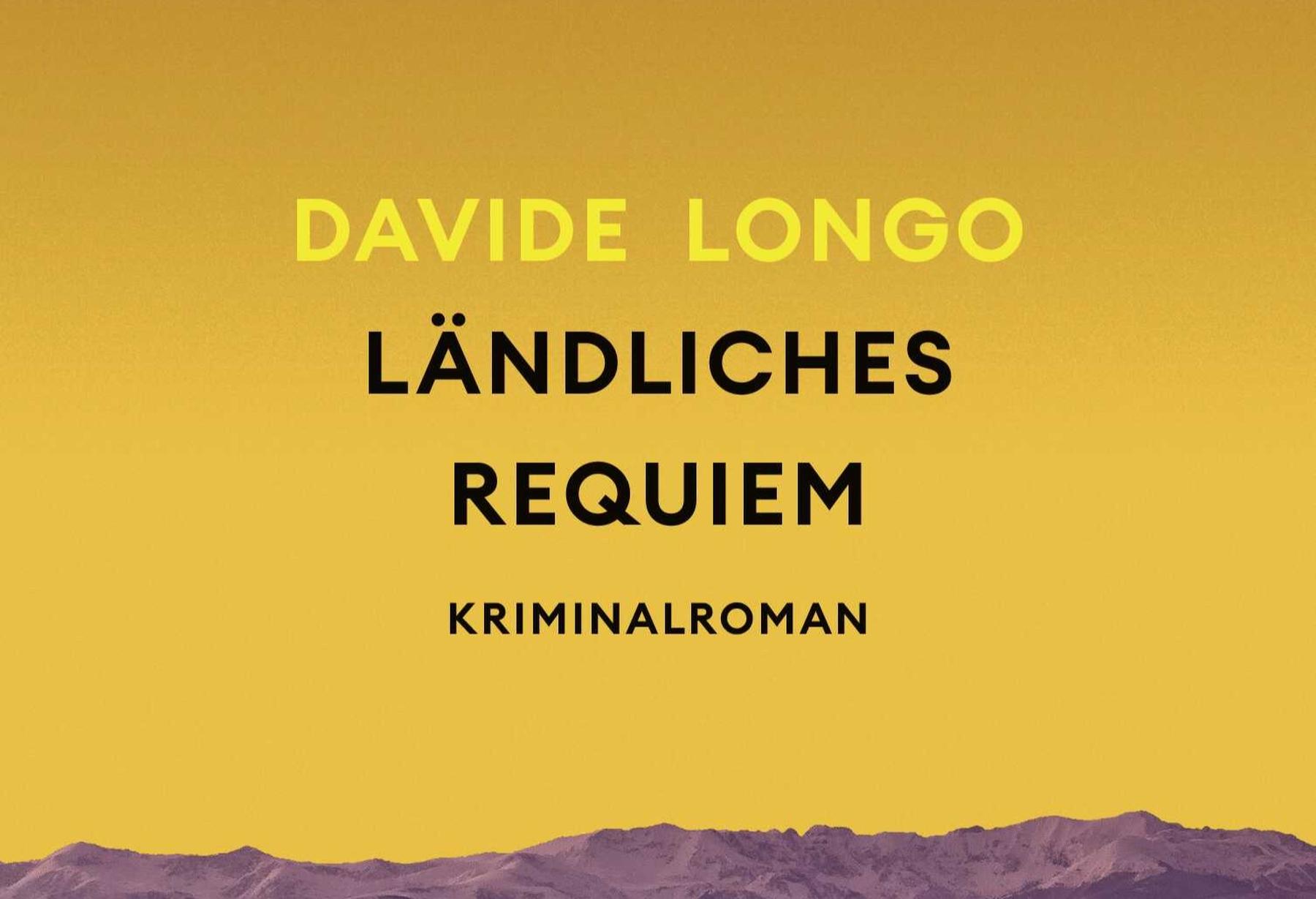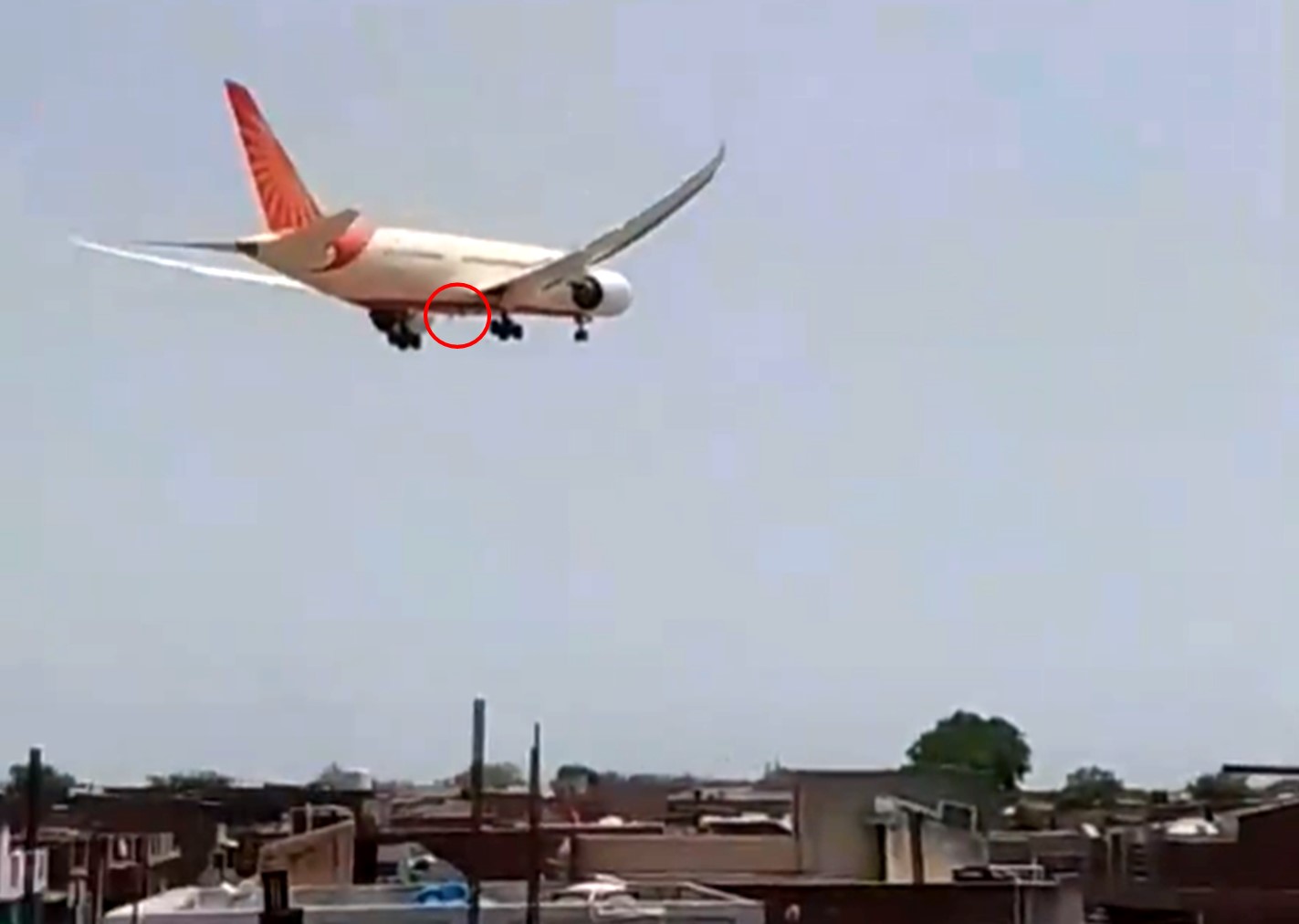Numbers remain stable in the year – Diepresse.com

In 2024, 336,000 people in Austria were considered « manifesto poor ». That was as many as in 2023, but significantly more than 2022.
The proportion of people who are poor in financial terms remained stable in the previous year. According to the EU definition, 3.7 percent of the population in Austria was « considerably material and socially disadvantaged. » This means that you cannot afford certain things in everyday life. These include: unexpected expenses of 1390 euros, one vacation a year, heat the apartment. According to the EU definition, those who meet seven such criteria are considered a « manifesto » or « absolutely » poor. That met 336,000 people in 2024, about as many as 2023. In comparison to 2022 (there were 201,000), the level remained relatively high.
There are different criteria for measuring poverty. Another is the so -called poverty risk. This applies if you have an average income (median) relatively low income compared to the average. The proportion of people at risk of poverty in Austria dropped from 14.9 to 14.3 percent in 2024. Once more, it was shown that education correlated strongly with poverty. Every tenth person in Austria who has completed the compulsory school is affected by poverty.
Education decides
« People without further education do not achieve the minimum life standard defined in the EU far more often, » commented Tobias Thomas, General Director of Statistics Austria, commented on Tuesday (see also article above). If you have a maximum compulsory school leaving certificate, you will earn a fifth of a fifth of lower household income than in the means of society, according to Statistics Austria. « The higher the educational qualification, the lower the risk of poverty. »
In the poverty measurement, a distinction is made between « relative » and « absolute » or « manifest » poverty. This is because, unlike in developing countries, wealthy industrialized countries are no longer about actual poverty because the basic needs are largely covered for everyone. The welfare state starts a lot here, which means that nobody usually has to suffer hunger. Instead, the standard of living is measured in relation to the total population.
The average household income is used for this. Anyone who has less than 60 percent of the median income is considered to be « at risk of poverty ». In 2024, the threshold was 19,926 euros per year or 1661 euros per month. 1,288 million people fell into this category last year. That was 14.3 percent of the Austrian population. However, this number says nothing about how well households do with their income. It is also crucial for this, for example, whether someone lives for rent or property and what fixed costs the person has to do in general. For example, it makes a difference whether someone is in their early 20s and lives in the dormitory or is freshly divorced and has to pay a large loan.
The pitfalls of the measurement
Since this is a relative value, it can also happen that the pace risk grows because the median income increases, « even if the amount of the available income has not changed, » analyzes the statistics Austria. Another concept for measuring poverty is a lack of integration into the labor market. This includes households that exhausted less than 20 percent of their acquisition potential. What is meant are people who are fundamentally able to work and still not adequately participate in working life. For example, if someone could work full -time in principle, but only a small number of hours per week is actually employed. In 2024, six percent of the under 60 year olds in Austria (390,000) were in this category.
Here, too, the statistics Austria indicates the importance of formal education: low acquisitions affect people with a very low formal education (12.8 percent) far more frequently than on the entirety of the population. (Hie)








